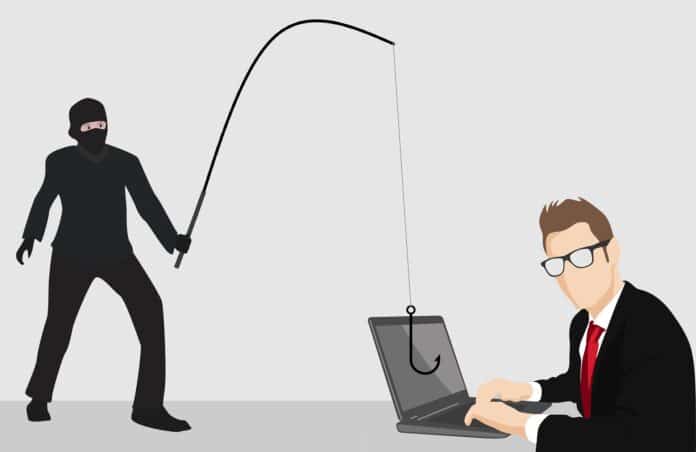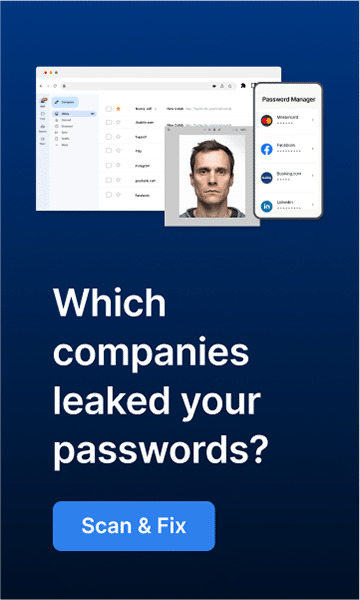Phishing e-mails are a huge problem. They can be very costly for businesses and can result in the theft of sensitive information. This blog post will discuss how to stop phishing e-mails before they get to your inbox. We will provide you with some tips that will help you protect yourself from these malicious attacks.
What are phishing e-mails?
Phishing e-mails are a type of e-mail that attackers send in an attempt to steal sensitive information. These e-mails often look like they are from a legitimate source, such as a bank or credit card company. They may even use the same logo and branding. However, there are some key differences that you can look for to spot a phishing e-mail.
How can I protect myself from phishing attacks?
There are several things that you can do to protect yourself from phishing attacks:
• No email asking for personal or financial information can be trusted. Do not reply if you receive an e-mail asking for your password or credit card number, do not reply. Delete the e-mail.
• Do not click on links in e-mails that you suspect are phishing attacks. If you hover over the link, you should be able to see the real URL that it will take you to. Ignore URLs that appear to be suspicious.
• Constantly update the operating system and applications. Attackers frequently employ vulnerabilities in previous versions of software to launch attacks. You may prevent these assaults by keeping your software up to date.
These are just a few things you can do to protect yourself from phishing attacks. By being aware of these attacks and taking steps to protect yourself, you can help to keep your information safe.
What should I do if I think I’ve been a victim of a phishing attack?
If you think that you may have been a victim of a phishing attack, there are some things that you should do:
• Contact the company that the e-mail claimed to be from. If you received an e-mail that looked like it was from your bank, call your bank to confirm that the e-mail was legitimate. Do not use the contact information in the e-mail – find it on the company’s website or customer service documentation.
• Change your passwords if you have clicked on a link in a phishing e-mail; your password may have been compromised. Change your passwords for any accounts that may have been affected.
• Run a scan on your computer to check the active threats. If you have clicked on a link in a phishing e-mail, your computer may be infected with malware. Running a virus scan can help to remove any malicious software from your system.
• Report the phishing attack to the authorities. You can report phishing attacks to the FBI’s Internet Crime Complaint Center (ICCC).
By following these steps, you can help to protect yourself from phishing attacks and other cybercrime.
What other things can businesses do to protect themselves from phishing attacks?
There are several things that businesses can do to protect themselves from phishing attacks:
• Educate employees about phishing attacks. Employees should know what phishing e-mails look like and how to spot them. They should also know what to do if they think they’ve received a phishing e-mail.
• Implement security measures. Businesses should implement security measures, such as firewalls and intrusion detection systems, to help protect their networks from attacks.
• Use anti-spam filters. Anti-spam filters can help to block phishing e-mails from reaching employee inboxes.
• Monitor activity on the network. Network monitoring can help to identify suspicious activity, such as attempts to access sensitive information.
By taking these steps, businesses can help to protect themselves from phishing attacks and other cyber threats.

